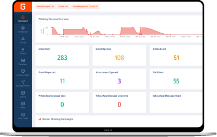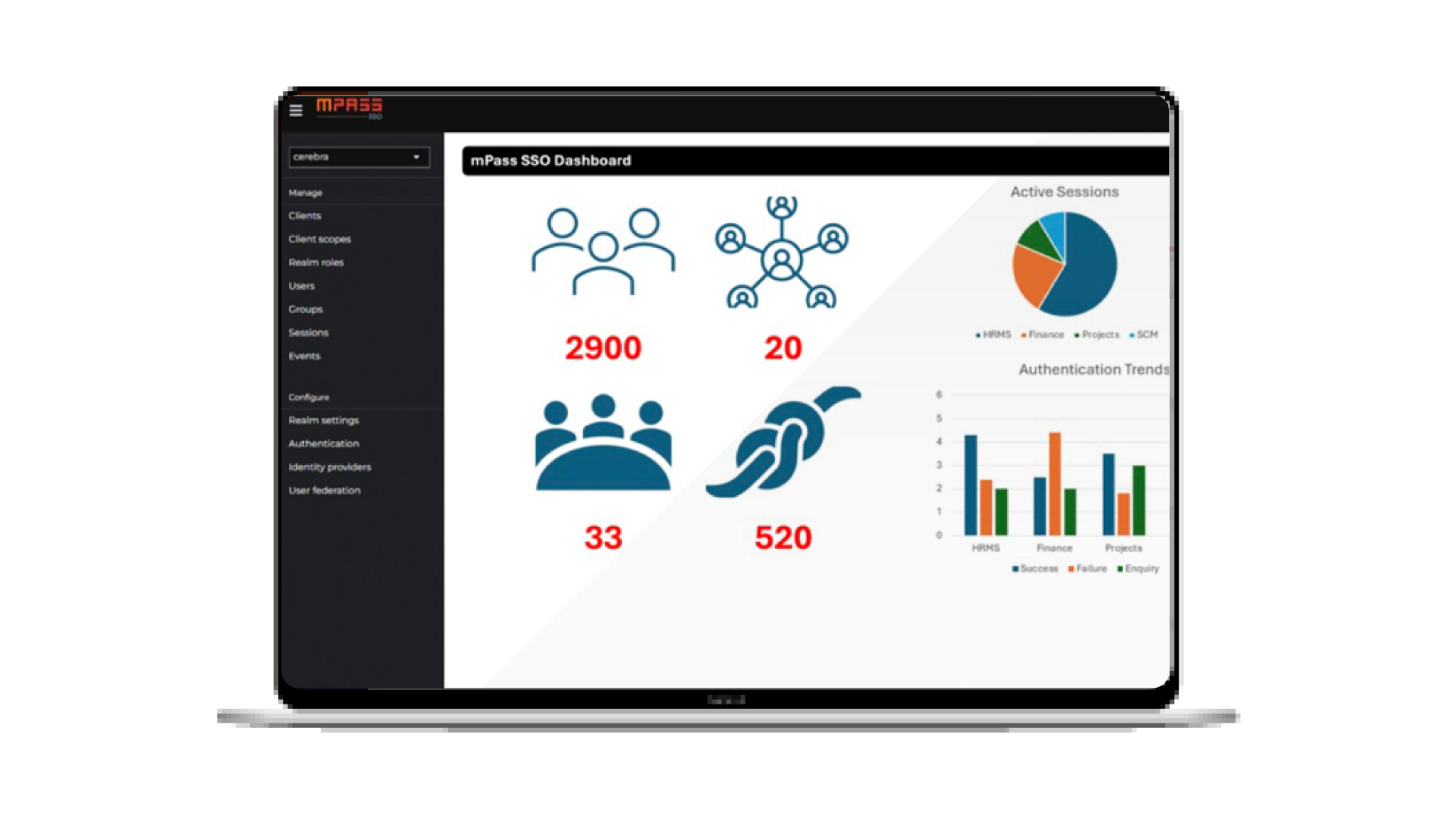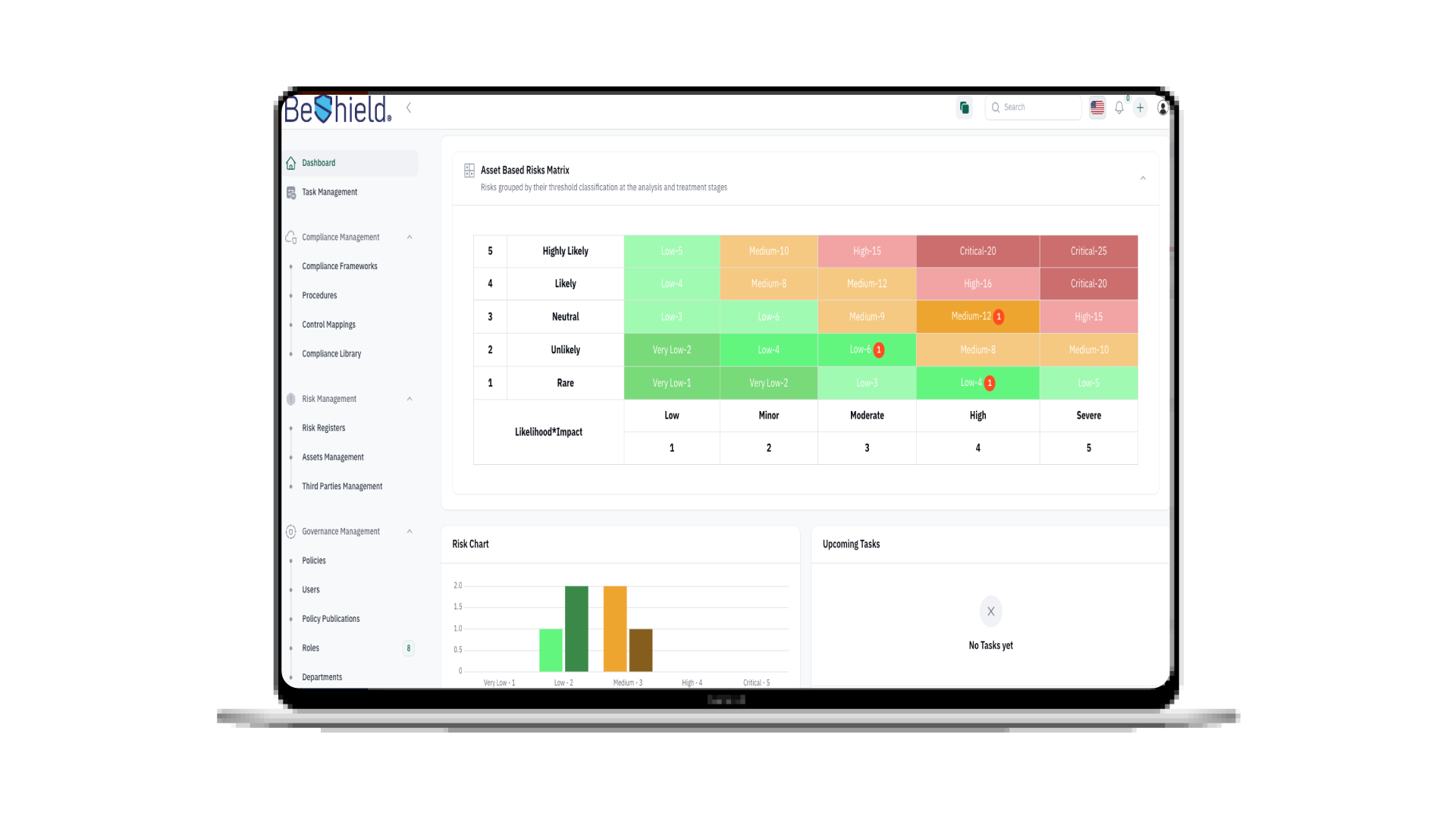cyber security in smart cities
With the increasing number of people moving from rural to urban areas, Smart cities have become the main attraction for many. and talking about cyber security in smart city has become the biggest concern in the digital transformation cases and issues.
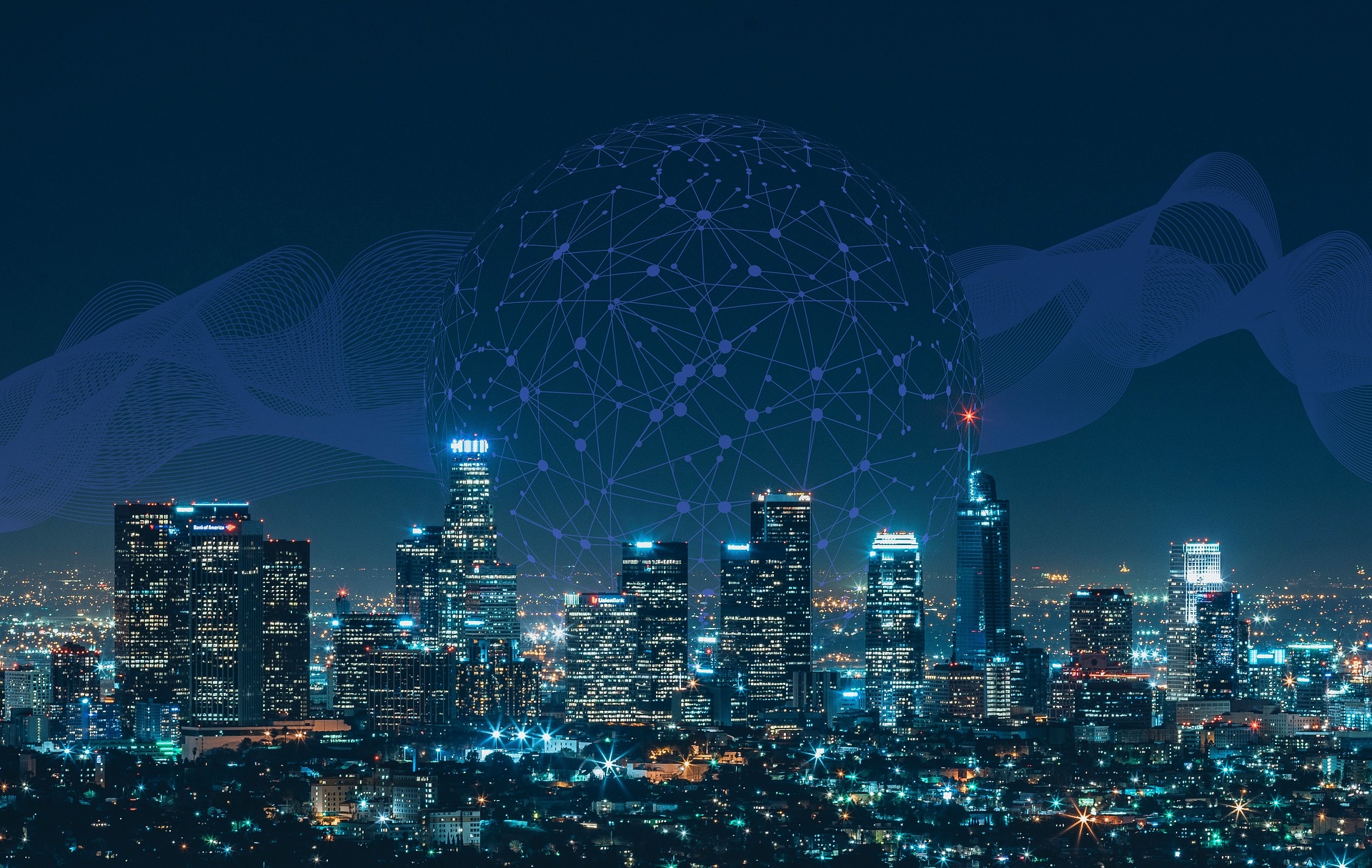
The concept of Smart cities began between 1960 and 1970, but countries started prioritizing this idea in 2010. Yokohama, Japan, was the first city to be designated as a smart city demonstrator in 2010, two years later, Barcelona introduced data-driven urban services, such as public transportation, waste management, and street lighting,
Cities are becoming more technologically empowered, and in order to capture opportunities and generate long-term success, they must become smarter. Unfortunately, cities that take this step neglect an important factor for a successful evolvement, and that is to have a secure and solid cybersecurity infrastructure. The technology used to power these Smart cities are built on the internet, making them an enticing target for attackers. The leaders of smart cities have to consider the impact and capabilities of these cybercriminals and set the right protocols.
With a lot if interesting about cyber security in smart cities, what are the 4 major cyberthreats that Smart cities face?
cyber security in smart cities : 4 Major Cyberthreats
IBM defines a Smart city as one that makes optimal use of all the interconnected information available today to better understand and control its operations and optimize the use of limited resources.

These cities use the Internet of Things (IoT) along with a range of software, user interfaces, and communication networks to provide connected solutions for the general public, but this comes with vulnerabilities, which are:
– DDoS attacks: IoT sensors are used in urban areas to collect data from various devices, inhabitants, and assets to assess and monitor things like traffic, utility usage, parking, public data, and other things. Smart cities can use big data and improve services as a result, but cybercriminals can simply exploit IoT devices that aren’t secure and disrupt servers resulting in a delay of services for legitimate users. In the case of DDoS attacks, due to the attack being generated from multiple sources, it is difficult to stop it by just blocking a single source. And recently, a newly found malware, called Mirai, is being used to scan for unsecured IoT devices with default passwords to disrupt a smart city’s system. The Mirai malware’s objective is to turn these unsecured devices into botnets to launch DDoS attacks. Finland is one of the victims of this when an attack was made on their heating system leaving citizens freezing in the middle of winter for a whole week. In some cases, these criminals could launch an attack that severely destroys the device causing the hardware to be damaged. This is known as PDoS, Permanent denial-of-service. Device authentication, data encryption, and security monitoring is the best way to protect IoT devices and networks against these attacks.
-Device Hijacking: When a device is hijacked It means that the attacker has now enabled themselves control of the device and will use it to interrupt a system by exploiting its security flaws. Usually, the criminals don’t change the device’s essential functionality, making these attacks difficult to detect. This typically leads to a ransomware attack. If an attacker gains access to the network, he can simply compromise all of the devices and systems on it. Researchers at UC Berkley revealed that emergency alerts, street video surveillance, and smart traffic signals were found to be the most vulnerable to hijacking. This proves the need to take the necessary security measures for a safe cyber environment.
-Ransomware: Hackers can compromise a system or disclose sensitive information on the Dark web if specific demands are not met. And when the victims are cornered into paying the ransom, they become prime extortion targets. Ransomware attacks have the potential to wipe out an entire smart city’s infrastructure, It also can lockdown slow down the systems. Sensitive information must be kept private and protected against unauthorized access. This could include the deployment of firewalls or data anonymization. Unfortunately, cybercrime costs the world billions of dollars every year these cybercriminals are well-organized and have a plethora of resources at their disposal.
-Man-In-The-Middle attacks: This type of attack breaches communication between two systems enabling the hacker to cause mayhem by providing false information. In some cases, the attacker could install malware to slow down the system operations. In this case citizen’s privacy will be jeopardized affecting the trust made between the city and its people. With the help of a security management team, this could be prevented.
Conclusion
Smart cities now have a large assault surface that is wide open to attacks. This is a very real and present risk. The more technology a city employs, the more vulnerable it is to cyber-attacks, making the smartest cities the ideal targets. Smart Cities are expected to create 20 trillion dollars in economic benefits by 2026 but attacks on the city’s services and infrastructure are simply a matter of time. At any moment, it may happen. This is why they must take immediate action to improve their security and protect themselves against these cyberattacks, it is irresponsible not to do so.
Also Read: The 5 Major Cybersecurity Threats Against the Healthcare Industry
A Smart city must have a smart cyber infrastructure!
Share this article:
Popular
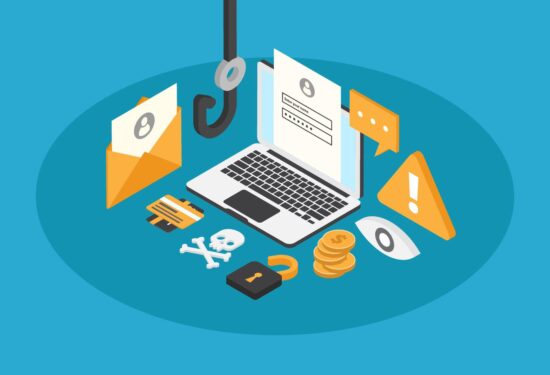
Top 3 Phishing Types and How to Prevent Them in 2025
Phishing Types: Spear Phishing, Smishing & How to Avoid Phishing Emails The Enduring Threat of Phishing Phishing types like spear phishing, smishing, and whaling are becoming more sophisticated in 2025, making it harder than ever to avoid phishing emails. This guide explores the most dangerous phishing types and shows you how to recognize and prevent them before they cause harm. The National Cybersecurity Authority (NCA) reinforces this urgency with its awareness message: ‘Stop for 5 seconds… Guard Your Cyberspace.’ What Is Phishing? Phishing is a cyberattack where malicious actors impersonate trusted entities—like banks, government agencies, or delivery companies—through emails, ...
5th Aug 2025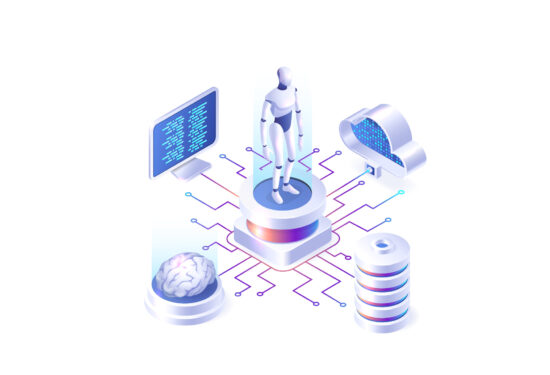
5 Benefits of Using AI in Cyber security | Artificial Intelligence
Using AI in Cybersecurity We should start learning using AI in cyber security because Hackers aren’t going to slow down any time soon and with a using AI! The next step to level up in protecting your business’s IT infrastructure is to integrate artificial intelligence. Studies have revealed that AI will strengthen the wall between systems and cyber threats. According to an IBM report, the average total cost of a data breach increased in 2021 from $3.86 million to $4.24 million. Cybercriminals are becoming more sophisticated and advanced in their attacks resulting in this significant rise in cost. They are elevating ...
1st Aug 2025
6 benefits of SMS Marketing you should know!
6 benefits of SMS Marketing you should know! Have you ever used SMS marketing to reach and communicate with your audience, if not! I’m sure that you will change your mind when you read about the benefits of SMS Marketing, continue this article to learn.. Many businesses are constantly seeking ways to interact with and attract new customers. Their joint objective is to reach a wider audience. To do so, communication is key. There are many ways for businesses to communicate with their audience, either by email, social media, or adverts, but the most beneficial marketing method, that is often ...
30th Jul 2025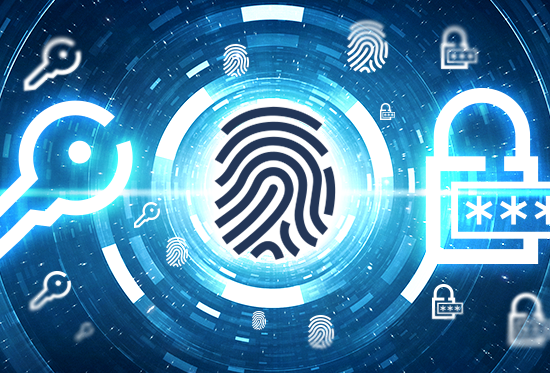
MFA: the New Firewall In the 21st century
MFA- Multi Factor Authentication This article will help you to understand why Multi Factor Authentication( MFA )became an important architectural component in protecting us in the new Working From Home. Introduction In the early days, Cybersecurity (then called IT Security or information security) used to be merely a username and password. If you ask to someone, they would say I have a username and password so I am safe. It wasn’t much of the internet at that time. Eventually, people have learned that password isn’t sufficient to protect their digital assets. So Antivirus (AV) software flourished and we saw a ...
20th Jul 2025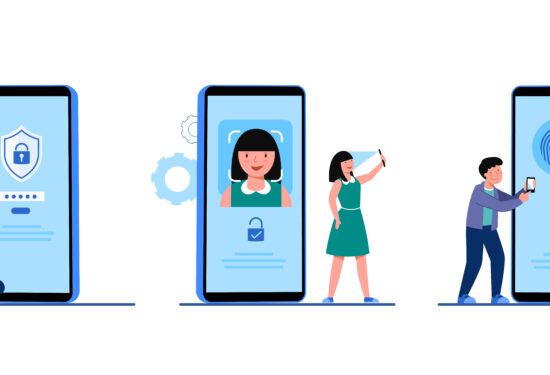
What is the role of MFA? |ECC & SAMA Compliance
ECC & SAMA Compliance with MFA solution Do you know that there are a great MFA solutions in market today help your organization for ECC & SAMA Compliance? this article will show you how and we will provide you the most incredible MFA solution help to comply with Cybersecurity regulation in KSA.. With the world of cyber threats becoming more intense than ever, organizations need to comprehend the need for an improved cybersecurity framework. The universal goal is to protect the organization’s network from any outsider or insider threats, especially with the addition of remote work resulting from the COVID-19 ...
15th Jul 2025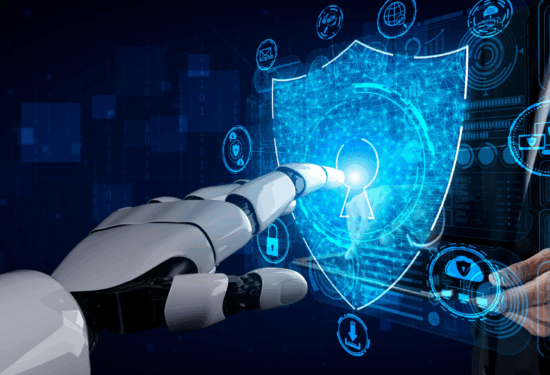
The AI Revolution in Cybersecurity: A New Frontier of Defense
The AI Revolution in Cybersecurity: A New Frontier of Defense The rapid evolution of Artificial Intelligence (AI), especially with the rise of Generative AI (GenAI), is reshaping every industry, and cybersecurity is no exception. As cyber threats grow in complexity and scale, AI is emerging as a powerful ally, offering innovative solutions to protect digital assets and infrastructure. At Cerebra, we explore how AI is reshaping the cybersecurity landscape—from enhancing threat detection to automating response mechanisms—and highlight the critical role it plays in building resilient defenses for a constantly evolving threat landscape. AI-Powered Threat Detection and Prevention Traditional cybersecurity approaches ...
6th Jul 2025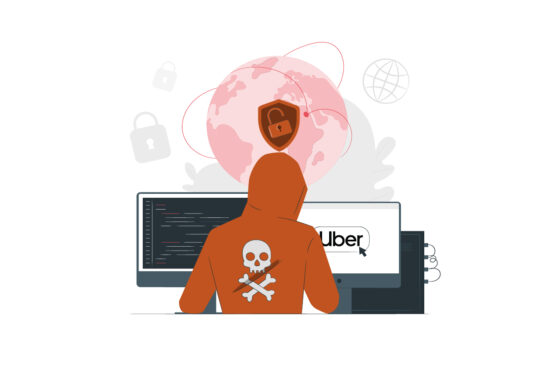
Uber security breach by 18-year-old Hacker!
Uber security breach by 18-year-old Hacker! Uber security breach proves that the largest companies can be hacked by teenagers! this news will undoubtedly shock you.. How Uber security breach happened? Uber recently experienced a cyberattack where an 18-year-old hacker accessed their systems by launching a successful social engineering attack on an employee. The hacker used stolen employee credentials to launch an MFA (Multi-Factor authentication) Fatigue attack. It is an attack where a victim receives multiple requests from their MFA application till it bothers them out leading them to eventually accept the request. The teenage attacker did not disclose how he ...
15th Jun 2025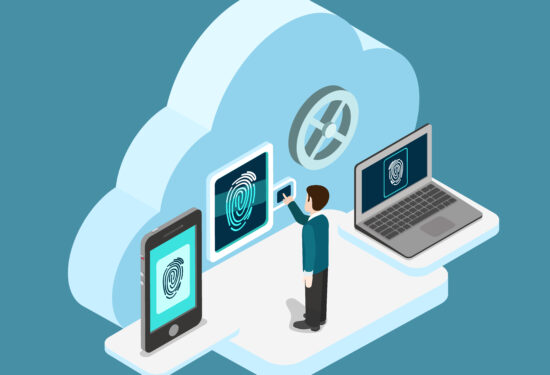
Biometric Authentication: Is it reliable?
Biometric Authentication The history of bio-metrics used as an authentication tool dates to the 1800s. It was first used by the French to identify criminals through their fingerprints, which later the English police commissioner, Edward Henry, developed HCS “Henry Classification System”. It was a system that relied on fingerprints to identify people who have been prosecuted, it was a prime way of classification used by the police during the 20th century. As the years continued, new biological traits started being used in biometric authentication which in result are replacing traditional methods of authentication. Any invention introduced in the cyber world ...
10th Jun 2025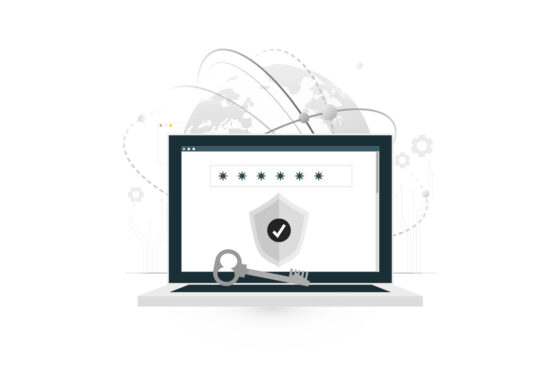
6 Tips to create a strong password easily!
Create a strong password easily! Today it’s very important to everyone who have an account either on social media or any other websites or services to Create a strong password, because you have to treat your password as your best stuff’s and protect it from others. Learn now the easiest and best tips you have to follow to make a strong password.. What is Password? A password is a string of characters that provides access to a digital system or service. It is a crucial security measure that helps to protect sensitive information from unauthorized access. Passwords can be as simple as a word ...
1st Jun 2025



